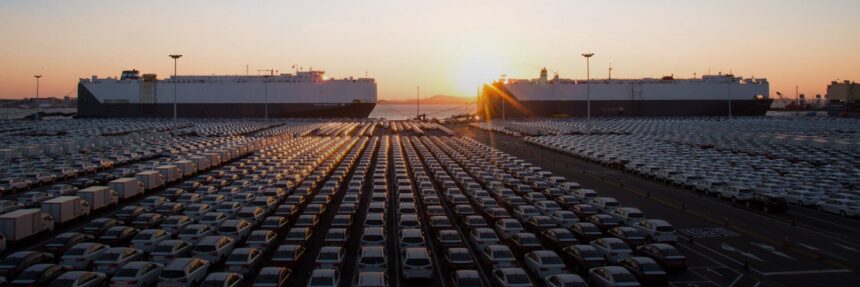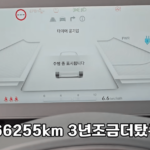The White House has announced plans to impose a 25% import tariff on all imported vehicles to the US, sparking concerns of an international trade war. This move comes on top of existing tariffs on steel, aluminum, and goods from Mexico, Canada, and China. Major automotive suppliers to the US include Mexico, Japan, South Korea, Canada, and Germany.
The automotive industry has long benefited from free trade agreements between the US, Canada, and Mexico. Last year, Canada exported around $28 billion worth of vehicles to the US, with the majority coming from manufacturers like General Motors, Ford, Stellantis, Toyota, and Honda. On the other hand, the US also exports vehicles worth about $23 billion to Canada.
US automakers such as General Motors, Ford, and Stellantis rely heavily on imported components from Mexico and Asia to remain competitive. The new tariffs not only impact imported vehicles’ retail prices but also increase the cost of locally produced vehicles. Interestingly, Tesla, owned by Elon Musk, seems to be the least affected by these tariffs.
In response to the tariffs, some Asian and European manufacturers are increasing investments in new manufacturing capacities in the US. Hyundai-Kia recently completed a $5.4 billion manufacturing facility in Georgia for next-generation electric vehicles. Hyundai Motor Group has committed to a $21 billion investment in the US from 2025 to 2028 to expand production capabilities and advance technologies.
European automakers with US plants have the flexibility to increase sourcing in the US for ‘natural hedging’ against tariffs. BMW, for example, has been developing strategies to mitigate the impact of new tariffs. However, reconfiguring supply chains is challenging and costly.
There are concerns that escalating trade tensions could disrupt global production and supply chains, leading to higher costs and reduced profitability in the automotive industry. Rising consumer prices in the US due to tariffs could also result in a slowdown in economic growth. As the industry navigates through these challenges, there is a growing focus on the transition to electric vehicles and the implications of trade policies on the automotive sector’s future.





